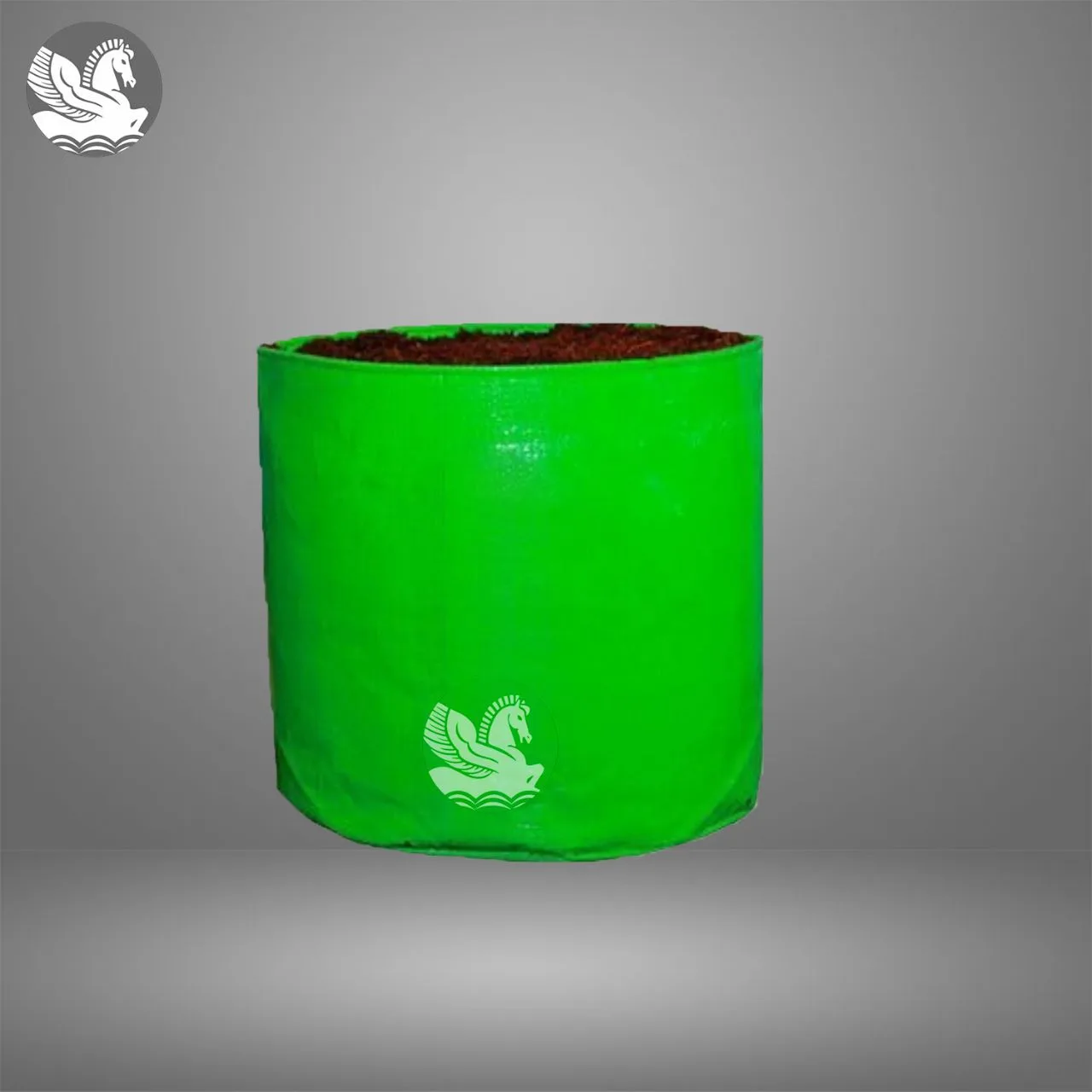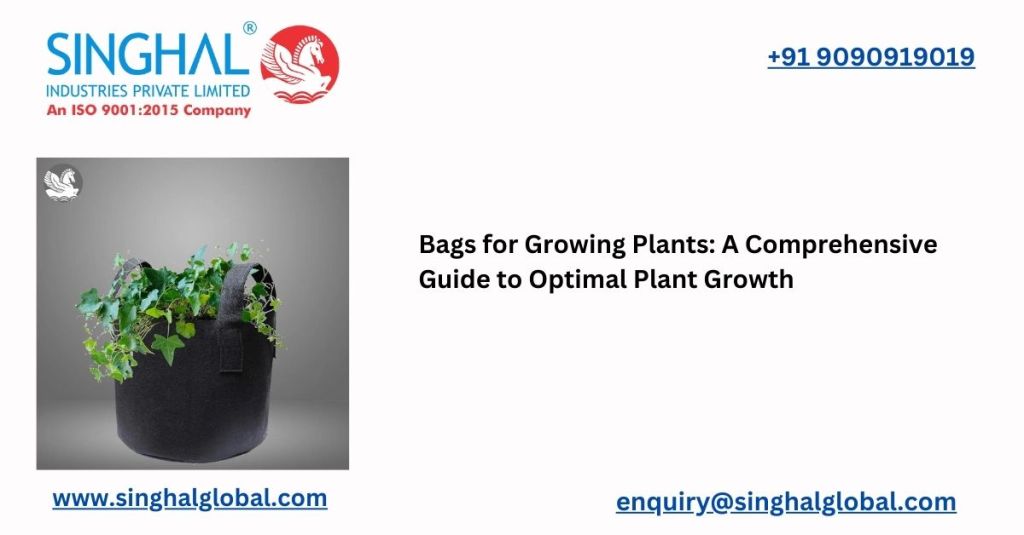Are you an avid gardener looking to enhance your plant-growing experience? Look no further than bags for growing plants! These versatile containers have gained immense popularity among gardening enthusiasts due to their convenience, space-saving benefits, and optimal plant growth outcomes.
In this comprehensive guide, we’ll delve into the world of planting bags, exploring their benefits, usage, types, and tips for achieving remarkable results. So, grab your gardening gloves, and let’s dive in!
Introduction
Planting bags, also known as grow bags or planting pouches, have revolutionized the way we nurture plants. Unlike traditional pots, these bags offer improved aeration, root health, and overall plant development. They come in various sizes and materials, catering to a wide range of plants, from herbs to large trees.
Advantages of Using Planting Bags
Planting bags offer several advantages that contribute to optimal plant growth. They promote better root structure by preventing root circling, encourage air pruning, and ensure proper drainage, reducing the risk of overwatering. Additionally, these bags are portable and can be moved around to maximize sunlight exposure.
Choosing the Right Type of Planting Bag
There are various types of planting bags available, each with its unique features. Fabric grow bags are breathable and prevent heat buildup, while plastic planting bags are durable and moisture-retentive. Smart pots have built-in handles for easy transportation and come in diverse shapes and sizes.
Selecting the Ideal Growing Medium
The choice of growing medium significantly impacts plant growth. A well-draining mix with a balanced pH is crucial for root development and nutrient absorption. Mixtures containing peat moss, coconut coir, perlite, and vermiculite are popular choices.
Picking the Perfect Location

Place your planting bags in an area that receives adequate sunlight for your plant’s requirements. Some plants thrive in full sun, while others prefer partial shade. Proper positioning ensures healthy photosynthesis and robust growth.
Planting Techniques for Different Crops
Different crops have varied planting needs. Herbs and small vegetables can be densely planted in bags, while flowers and ornamental plants require more spacing. Fruit-bearing trees need proper support and training as they grow.
Watering Strategies for Planting Bags
Proper watering is essential for plant health. Water the bags thoroughly and consistently, allowing excess water to drain out. Monitor the moisture levels closely, adjusting your watering schedule according to weather conditions.
Fertilization and Nutrient Management

Fertilize your plants regularly using a balanced liquid fertilizer or slow-release granules. Follow the manufacturer’s instructions for application. Nutrient deficiency can hinder growth, so keep a watchful eye on your plants’ appearance.
Pruning and Training Plants in Bags
Pruning encourages healthy growth and shape control. Pinch off dead or yellowing leaves and selectively prune to promote branching. Use stakes or trellises for support and to guide the growth of climbing plants.
Pest and Disease Management
Inspect your plants regularly for signs of pests or diseases. Early detection is key to preventing their spread. Consider using organic pest control methods to avoid chemical contamination.
Seasonal Considerations
Adjust your care routine based on seasonal changes. Protect your plants from frost in winter and shield them from excessive heat in summer. Mulching can help regulate soil temperature and moisture levels.
Tips for Extending Bag Longevity
To prolong the life of your planting bags, empty and clean them after each growing season. Store them in a dry, cool place to prevent mold or mildew growth. Avoid overstretching fabric bags to prevent tearing.
Success Stories: Showcasing Plant Growth in Bags

Numerous gardening enthusiasts have achieved remarkable results using planting bags. From bountiful vegetable harvests to vibrant flower displays, these success stories highlight the efficacy of this growing method.
Comparing Planting Bags with Traditional Pots
Planting bags have several advantages over traditional pots, including better root health, increased aeration, and easy transportation. However, traditional pots may still be preferable for certain plants or aesthetic purposes.
Sustainability and Eco-Friendly Practices
Many planting bags are made from eco-friendly materials, contributing to sustainable gardening practices. Some bags are biodegradable, reducing waste and minimizing the environmental impact of gardening.
Conclusion
Bags for growing plants have transformed the way we nurture our greenspaces. Their unique benefits, coupled with proper care and maintenance, lead to optimal plant growth and healthy yields. Whether you’re a seasoned gardener or a beginner, planting bags offer a versatile and effective solution for cultivating a thriving garden.
Useful Articles Link
Why Geo Fabric Grow Bags Are the Best Option for Your Plants
Grow Bags: The Game-Changing Solution Every Plant Lover Needs

Leave a comment